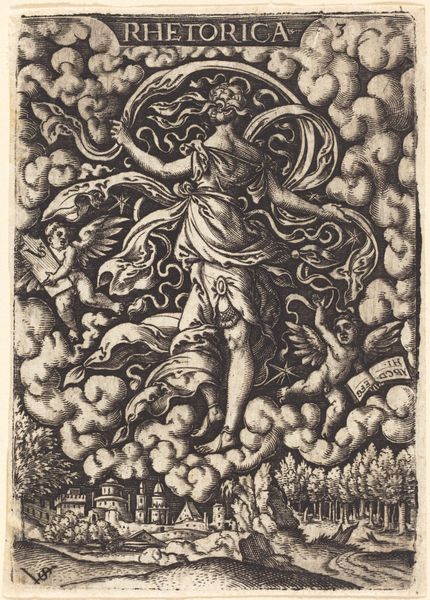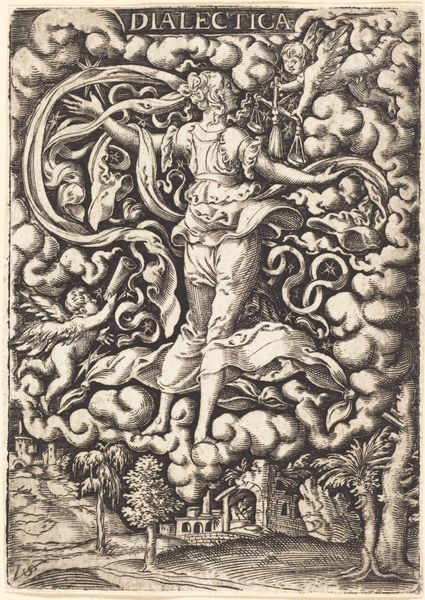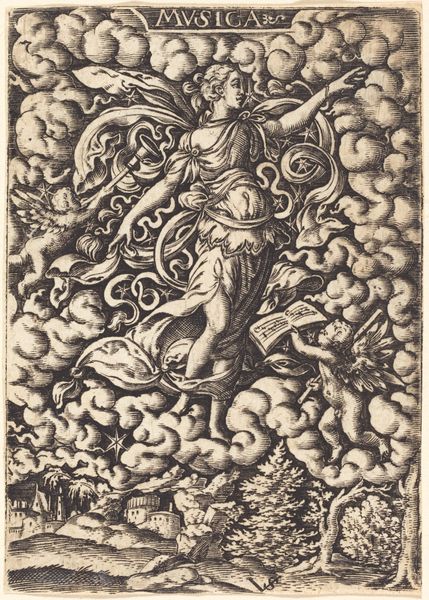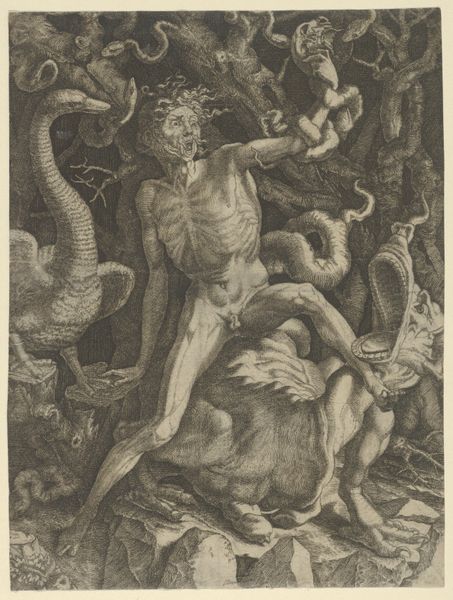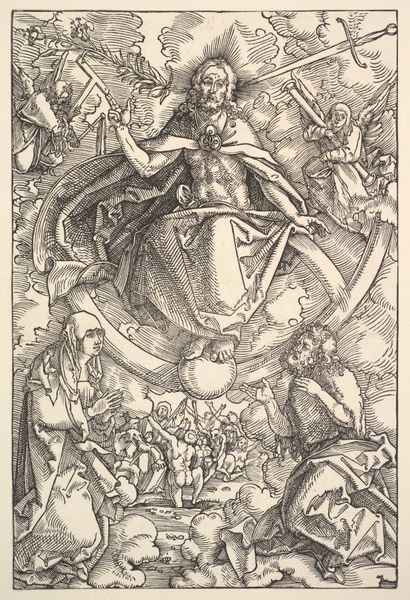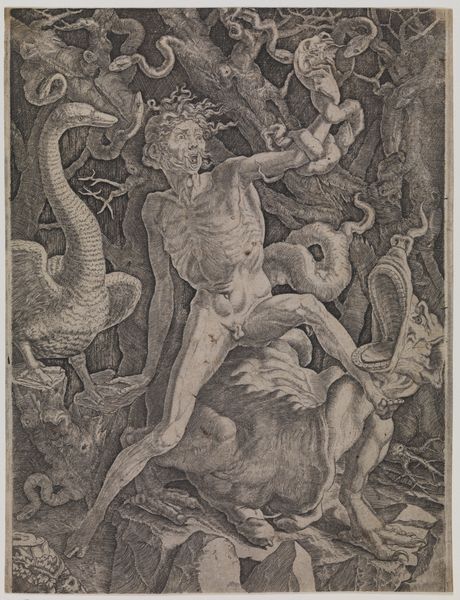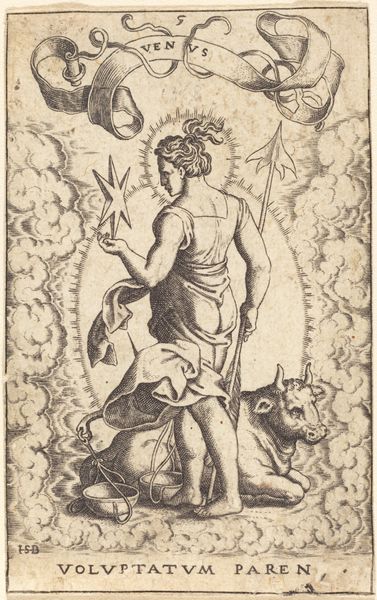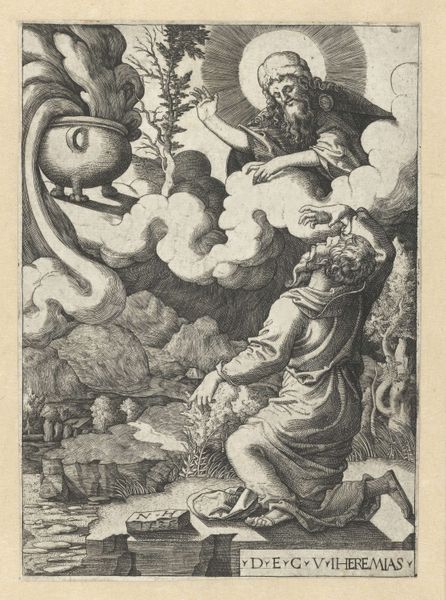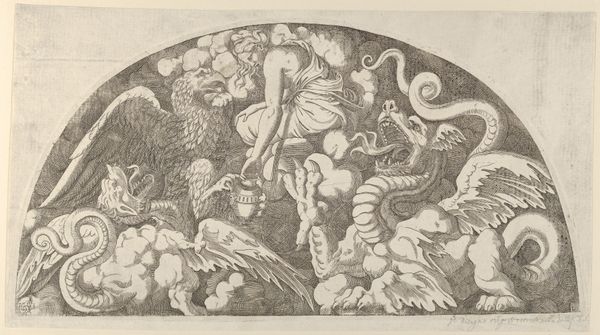
print, engraving
#
portrait
#
allegory
# print
#
figuration
#
11_renaissance
#
engraving
Copyright: National Gallery of Art: CC0 1.0
Editor: Here we have Virgil Solis's engraving, "Astrologia," or "Astrology." It's a detailed allegorical print, and the figure feels so theatrical! What can you tell me about how we might interpret this work through a contemporary lens? Curator: What strikes me immediately is the active presence of a female figure as the embodiment of astrology. In a period marked by patriarchal structures, how does Solis's depiction challenge or reinforce prevailing ideas about women and knowledge? Consider also the historical context. Astrology was viewed differently across Europe. Was Solis promoting legitimate science, critiquing popular superstition, or simply creating an aesthetic composition? Editor: So, thinking about who is represented and how could unlock deeper meanings, then. I hadn't thought about how radical it might be to represent astrology as female! I guess I just assumed allegories were always female at this point. What about the other symbols around her? Curator: Exactly. The putti holding instruments for measuring the stars, the juxtaposition of nature and architecture below... It speaks to a Renaissance fascination with understanding our place in the cosmos, both scientifically and philosophically. What impact might a widespread knowledge—or presumed knowledge—of astrology have on societal power dynamics? How might this image either empower individuals or reinforce existing hierarchies? Editor: That makes me think about who would have access to prints like this, and what their beliefs about astrology might already be. It's not just an image; it's part of a broader conversation, right? Curator: Precisely. This image is part of a network of ideas circulating in the 16th century. Looking closely can give us new critical tools for deconstructing images and revealing the historical narratives embedded in art. Editor: That's really helpful. Thanks for prompting me to look beyond just the surface level of the image! I’m realizing that reading an artwork is like interpreting a historical document. Curator: It's an ongoing conversation, really. Hopefully this conversation invites even more viewers to bring their own perspectives to the table.
Comments
No comments
Be the first to comment and join the conversation on the ultimate creative platform.


